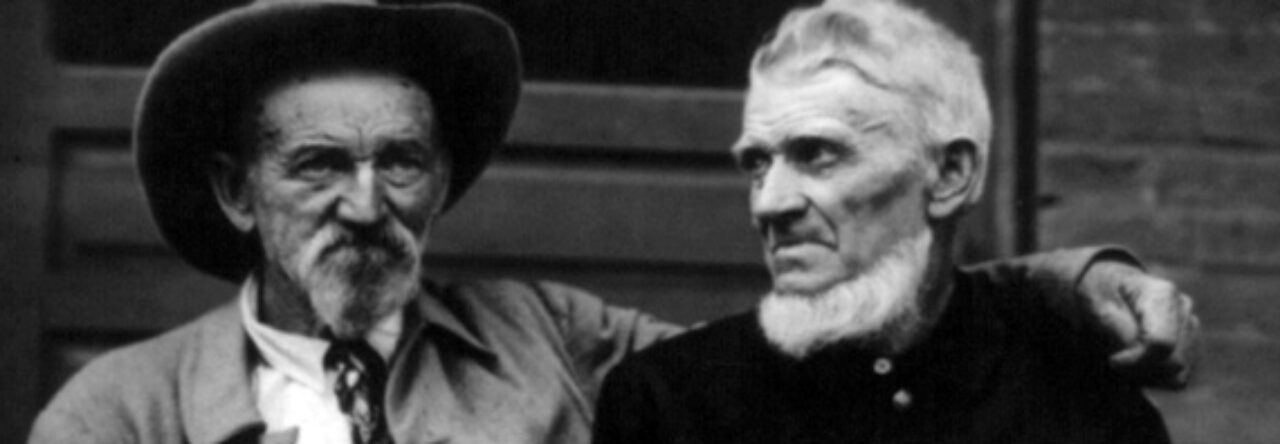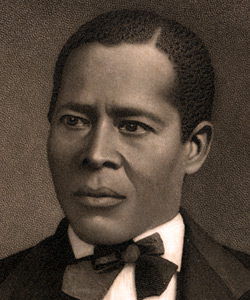Sources
A key primary source is William Still’s The Underground Rail Road (1872). In addition, the Historical Society of Pennsylvania in Philadelphia has Still’s “Journal C of Station No. 2 of the Underground Railroad, 1852-1857” and the “Minute Book of the Vigilant Committee of Philadelphia.” have been digitized and are available online. Several historians have focused on Still’s work as an abolitionist, including Larry Gara’s “William Still and the Underground Railroad” Pennsylvania History (1961) and Stephen G. Hall’s “To Render the Private Public: William Still and the Selling of the Underground Rail Road,” Pennsylvania Magazine of History and Biography (2003). Other important sources on the Underground Railroad include Robert Clemens Smedley’s History of the Underground Railroad in Chester and the Neighboring Counties of Pennsylvania (1883), Wilbur Henry Siebert’s The Underground Railroad: From Slavery to Freedom (1898), and David Blight’s Passages to Freedom: The Underground Railroad in History and Memory (2004).
Places to Visit
A historical marker for William Still is located in Philadelphia at 244 South 12th Street. While in the city, you can visit Underground Railroad museums at the Belmont Mansion and the Johnson House. In addition, William Still is part of an exhibit at the African American Museum and the Historical Society of Pennsylvania. Other interesting museums in Philadelphia include the National Constitution Center. In addition, the National Underground Railroad Freedom Center is located in Cincinnati, Ohio.
Images


Leave a Reply